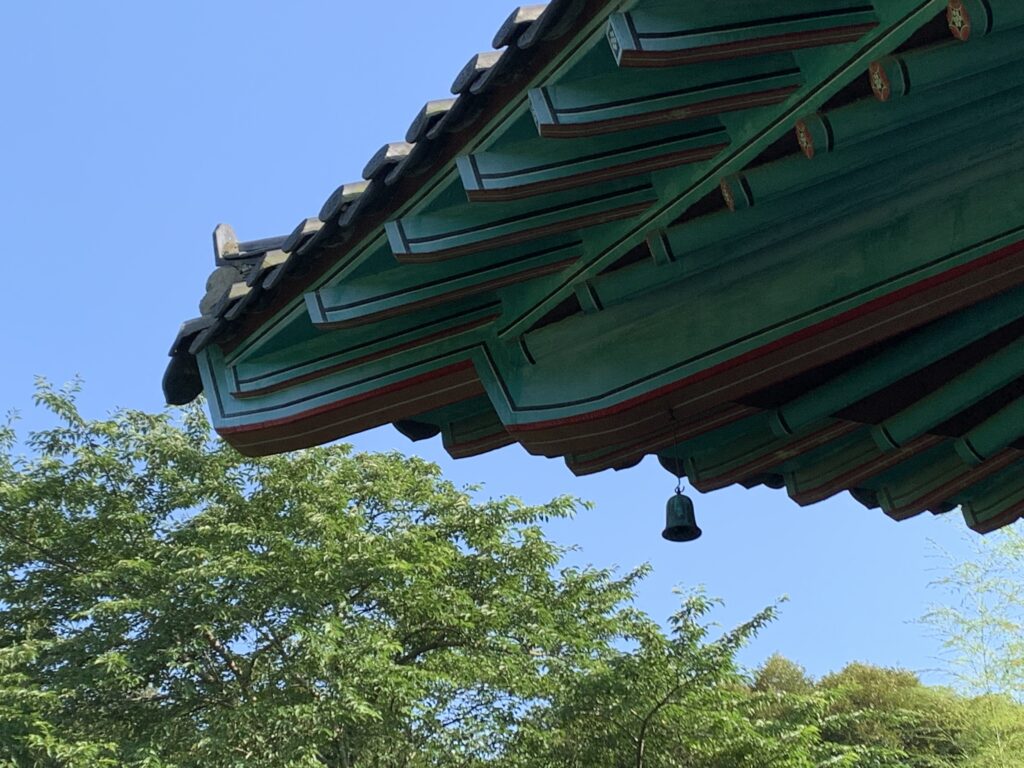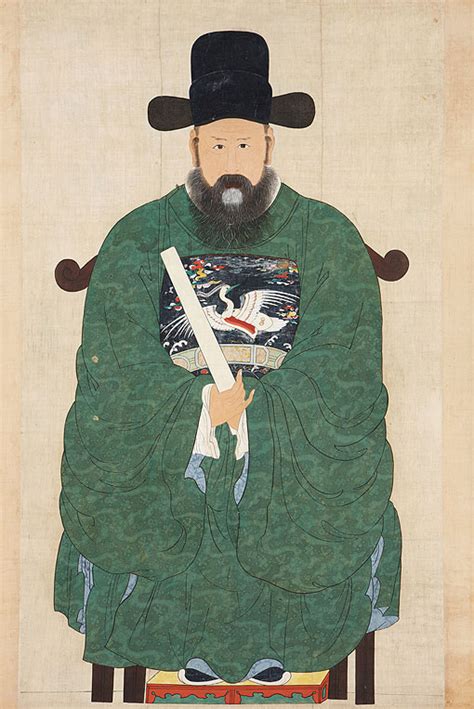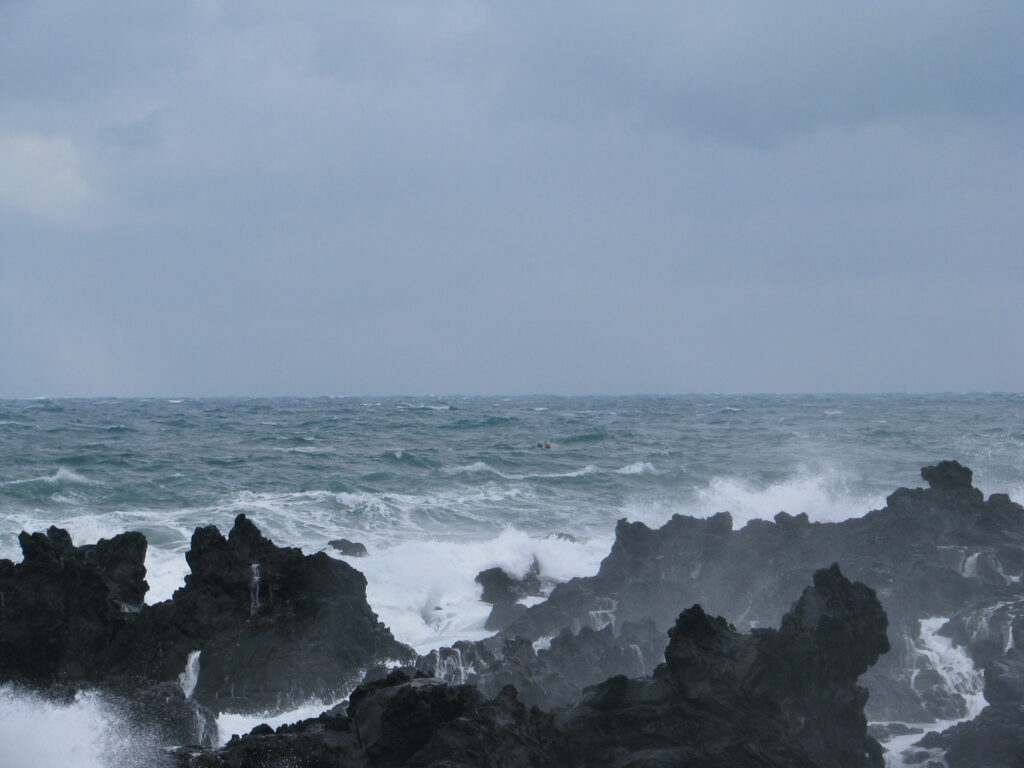Photo: Jeju National Museum
In 1694, King Suk-jong of the Joseon dynasty sent Lee Ik-tae to Jeju to take up the office of moksa. A moksa held the highest administrative rank on the island, equivalent to a governor today. Lee arrived when he was 62 years old, and served for two years. In addition to being an enthusiastic supporter of education and scholarship, he oversaw the renovation of many important buildings including Gwandeokjeong, which still stands today.

Governor Lee was disappointed to find a lack of records about the history and other aspects of Jeju. This led him to write ‘Jiyeongnok’, a ‘Chronicle of Jeju’. It begins with an account of how he came to be governor and describes his duties and the events that occurred during his term in office. The book provides a history of the island and contains poems, funeral orations and accounts of the governor’s travels. One of the names that Jeju was known by in the past is Yeongju, from which the Jiyeongnok gets its name.

.
This book is a particularly valuable source of information about people from Europe, China, Japan and other nations who sailed to the island or arrived as survivors of shipwrecks. It also provides a rare Korean glimpse into Vietnam at the time, as Governor Lee recorded the story of Kim Dae-hwang, a native Jeju islander whose boat was swept there by the waves, but managed to return and tell the tale.

.
Learn more about governors, shipwrecks, survivors, historical records and more at the Jeju National Museum!

